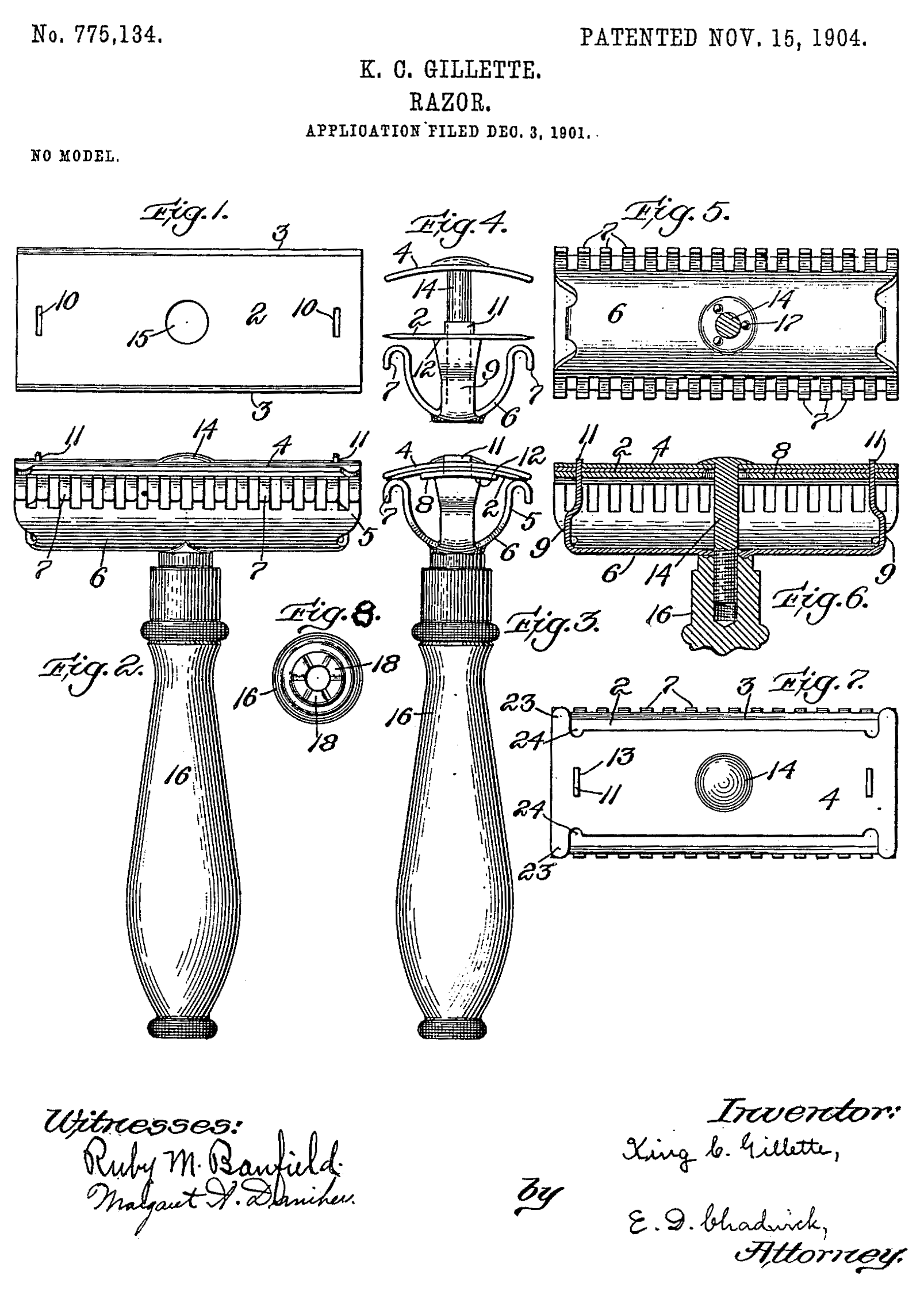Drawing Requirements for Patents, What are they?
The Patent Office's drawing requirements for patents include drawings where necessary for the understanding of the subject matter to be patented. Basically, anything to be claimed as the invention must be shown in a drawing.
To save costs, you may desire to prepare your own drawings. Be mindful, however, that the Patent Office has specific rules regarding drawings so that they can be satisfactorily reproduced in a patent publication. For example, the drawings generally need to be in black ink, and photographs are ordinarily not accepted. Also, the margins, paper size, reference character size, symbols, and shading, must meet specific format requirements. There are also rules regarding numbering of drawings and drawing sheets, what graphical symbols may be used, and how alternate views should be shown and arranged.
A patent drawing draftsman is knowledgeable about the Patent Office requirements and skilled in preparing patent drawings that meet these requirements. The costs of having a patent draftsman prepare drawings vary, depending largely on the complexity of the drawings. The draftsman will use informal drawings, e.g., sketches, flowcharts, etc., that you and/or a patent attorney or patent agent provide to prepare the formal drawings. Thus, you can save costs by providing the draftsman with clear, legible drawings.

A patent application may be filed with “informal drawings” that do not meet the requirements of the Patent Office. This may be useful if you wish to defer the costs of having a draftsman prepare formal drawings or simply do not have time to have formal drawings prepared. In this case, after the patent application is filed, the Patent Office will send a notice requiring that formal drawings satisfying the drawing requirements be submitted.
It is important to note that drawings submitted after the filing date of a patent application may not be used (i) to overcome any insufficiency of the specification due to lack of an enabling disclosure or otherwise inadequate disclosure or (ii) to supplement the original disclosure for the purpose of interpretation of the scope of any claim. That is, you cannot submit drawings after the patent application is filed to add new material that was not described in the originally filed patent application. For this reason, it is useful to consult a patent attorney or patent agent to make sure that your patent application describes your invention sufficiently, whether or not you submit your own drawings or have them prepared by a patent draftsman.
Contact Us
Home > Tier 2 > Top of Page